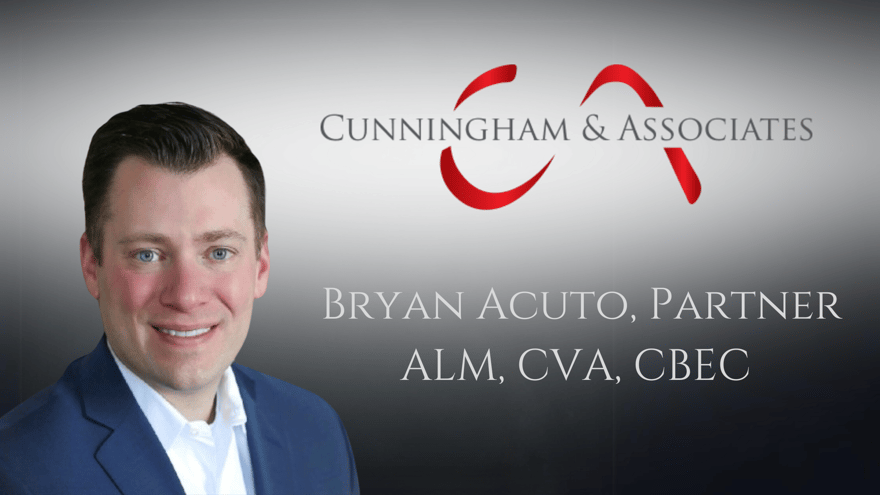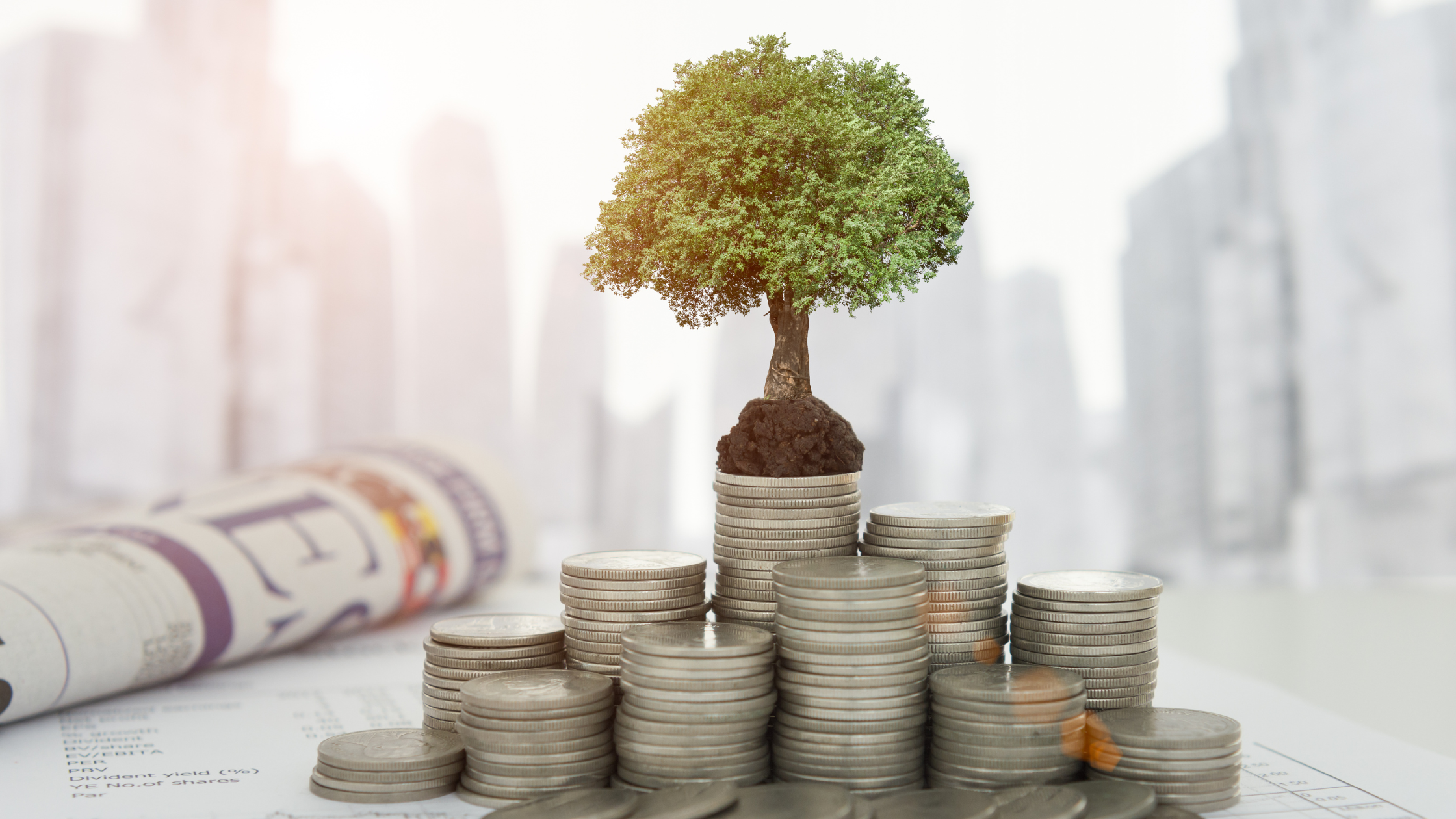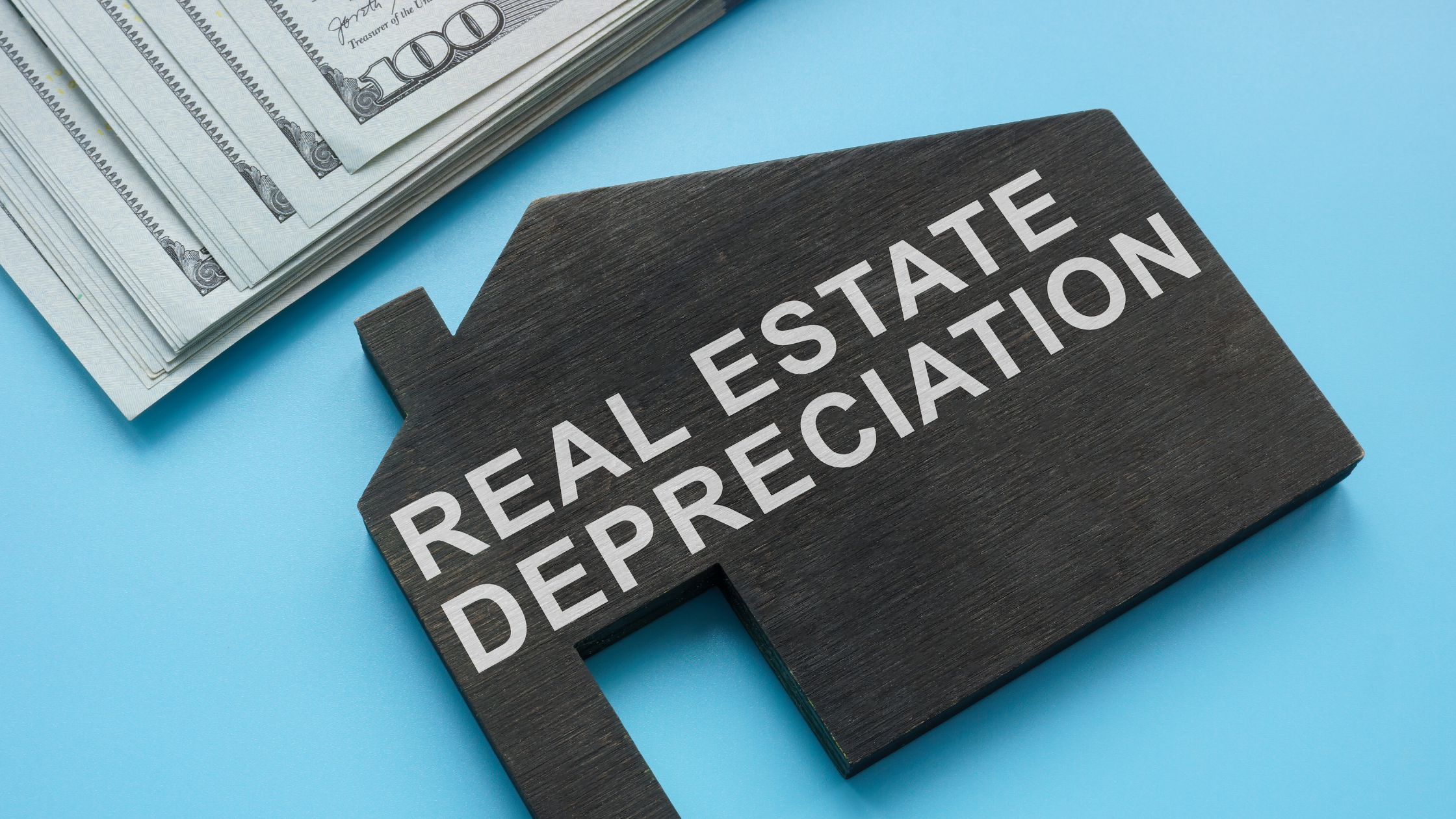With rate hikes, Fed uncertainty, fluctuating asset values, and an extremely cautious banking system, it’s no surprise this is a popular question.
Absent of these macroeconomic conditions, we’re often asked this question at the completion of a tax reduction project resulting in significant refunds. It’s natural - everyone wants to keep more of what they worked so hard to obtain.
Unfortunately, there is not a “best” answer to this question – but rather an opening to series of enlightening conversations.
Fortunately, adhering to a reliable process helps guide us to that “best” investment mix for each individual. While there are many additional steps and questions in our process, some of the most critical are below:
- Understand your financial goals. To start, these can be grouped into needs and wants with accompanying timelines.
- Scoring Risk Tolerance. How much downside (loss) are you willing to risk for increased upside (gain)?
- Review the current investments you have. This can include private business, public market investments, debt instruments, real estate, and crypto. How much exposure do you have in any given asset class?
- Consider your investment needs and overall timeline. Are you too highly concentrated? Too little cash flow? Not enough tax benefits? Too many illiquid investments?
- Review current market conditions. What is market sentiment? How active is the M&A market? What are current cap rates?
- Adjust and rebalance asset base. Consider the pros and cons from each transaction. Tax impact analyses will help make informed decisions.
- Monitor and adjust as needed. Monthly or quarterly reviews are non-negotiable for continued success.
Once you understand your asset base and fundamental goals, it’s important to know that each asset carries its own level of risk, cash flow (or lack of), appreciation, and tax benefits.
Often overlooked are the tax benefits of investment vehicles. Real Estate is a common choice for many people for a few great reasons – it provides a tangible, appreciating, (hopefully) cash-flowing investment with outstanding tax benefits.
For example, an investor interested in real estate might be able to utilize $100,000 to invest in a cash-flowing real estate asset that also provides them $100,000 in tax deductions. For high tax-bracket investors, this can result in a net tax savings of around $50,000. Said differently, you just made a $100,000 investment for 50% off! (Everyone likes a good deal!)
Taking this a step further, let’s assume your investment yields $10,000 in annual cash flow AND $100,000 in tax deductions. The result? Net cash-on-cash returns of ~20%, with a stable, appreciating asset you control.
We work with our clients and their current advisors to ensure there is a consistent and coherent approach to their annual financial and tax plan.
The first step is understanding your options, and we’re here to help you do just that!
Set up some time to meet with our team today.



